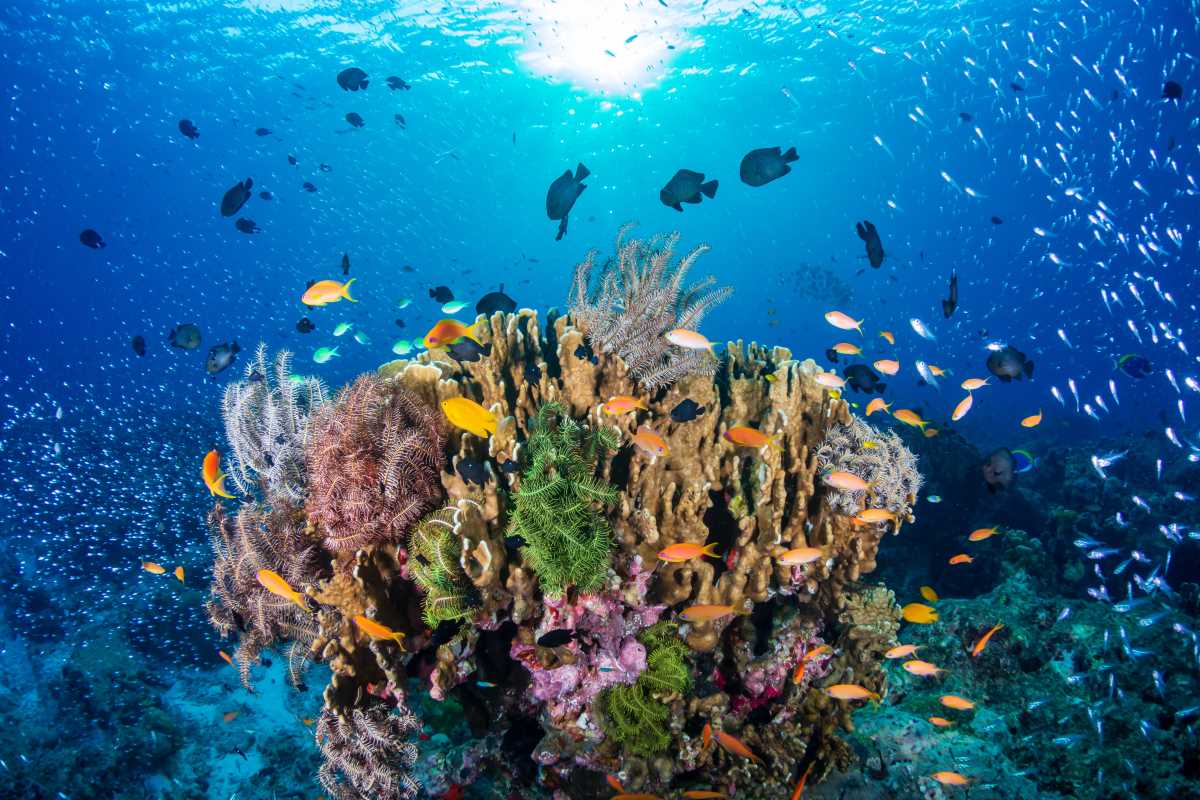Biodiversity, the variety of life on Earth, is essential for maintaining ecosystems and their services, from clean air and water to food and medicine. However, human activities such as deforestation, pollution, climate change, and overexploitation of natural resources have led to an alarming rate of biodiversity loss. Addressing this crisis requires innovative and effective solutions. Technology has emerged as a powerful ally in biodiversity conservation, offering tools to monitor ecosystems, protect endangered species, and raise awareness about environmental issues.
Monitoring Biodiversity with Advanced Tools
Effective conservation begins with understanding the status and trends of biodiversity. Technology enables researchers to monitor ecosystems with unprecedented accuracy and efficiency.
- Remote Sensing and Satellite Technology
- Satellite imagery and remote sensing technologies provide a bird’s-eye view of the planet, allowing scientists to monitor changes in land use, deforestation, and habitat loss over time. Tools like NASA’s Landsat program and the European Space Agency’s Sentinel satellites deliver high-resolution images that help identify areas under threat. This data aids in creating maps of critical habitats and guiding conservation efforts.
- Drones for Field Research
- Drones have revolutionized fieldwork by providing access to remote and hard-to-reach areas. They can capture high-resolution images, monitor wildlife movements, and assess habitat conditions without disturbing the environment. For example, drones equipped with thermal cameras can track nocturnal species, while underwater drones can map coral reefs and assess marine biodiversity.
- Camera Traps and Acoustic Monitoring
- Camera traps and audio recording devices have become essential tools for monitoring wildlife. Camera traps automatically capture images of animals as they pass by, providing insights into population sizes, behaviors, and distribution. Acoustic sensors, on the other hand, record sounds in an environment, allowing researchers to study bird calls, bat echolocation, and even marine mammal communication. AI-powered analysis of these recordings can identify species and detect changes in biodiversity over time.
Protecting Endangered Species
Technology is crucial in protecting endangered species from threats such as poaching and habitat destruction.
- Anti-Poaching Technologies
- Poaching significantly threatens many species, including elephants, rhinos, and tigers. Advanced technologies are helping combat this illegal activity. For instance, GPS collars and satellite tracking devices allow conservationists to monitor the movements of endangered animals in real time. Geo-fencing technology sends alerts when animals approach high-risk areas, enabling swift intervention.
Anti-poaching drones and surveillance systems equipped with thermal imaging cameras help patrol vast protected areas, detecting and deterring poachers. Organizations like the SMART (Spatial Monitoring and Reporting Tool) partnership use data-driven approaches to monitor and evaluate anti-poaching efforts, ensuring resources are allocated effectively.
- Genetic Technologies
- Genetic tools such as DNA barcoding and environmental DNA (eDNA) analysis are transforming species identification and monitoring. DNA barcoding allows scientists to identify species from small tissue samples, while eDNA analysis detects genetic material left behind in the environment, such as in water or soil. These methods are particularly useful for tracking elusive or rare species and understanding their ecological roles.
Restoring Ecosystems with Technological Innovations
Conservation efforts often involve restoring degraded habitats and ecosystems. Technology is facilitating these efforts through innovative solutions.
- Precision Reforestation
- Reforestation projects benefit from technologies like drones that can plant seeds in degraded areas quickly and efficiently. These drones map the terrain, identify suitable planting sites, and distribute seeds with precision, significantly reducing costs and time compared to traditional methods.
- Coral Reef Restoration
- Coral reefs are among the most threatened ecosystems, yet they are vital for marine biodiversity. Technologies such as 3D printing are being used to create artificial reefs that mimic natural coral structures, providing a habitat for marine life. Additionally, microfragmentation techniques, combined with monitoring systems, help accelerate coral growth and improve restoration success rates.
Raising Awareness and Engaging Communities
Public awareness and community involvement are critical to the success of conservation efforts. Technology has made it easier to engage people and inspire action.
- Citizen Science Platforms
- Citizen science initiatives leverage the power of the public to collect data and contribute to conservation. Apps like iNaturalist and eBird allow users to record sightings of plants and animals, creating extensive datasets that scientists can use for research. These platforms also foster a sense of connection with nature, encouraging more people to participate in conservation.
- Virtual Reality and Augmented Reality
- Virtual and augmented reality experiences can immerse users in the beauty of biodiversity and its challenges. These technologies are used in educational programs and campaigns to create emotional connections with conservation issues, motivating people to take action.
- Social Media and Digital Campaigns
- Social media platforms are powerful tools for spreading biodiversity loss and conservation awareness. Nonprofit organizations, activists, and researchers use these platforms to share stories, raise funds, and mobilize support for conservation projects. Viral campaigns have successfully drawn attention to critical issues, such as plastic pollution and the protection of endangered species.
Data-Driven Decision-Making
The integration of big data and artificial intelligence (AI) is transforming conservation decisions. AI-powered tools analyze vast amounts of ecological data, identifying patterns and trends humans might miss. For example, machine learning algorithms can predict the impact of climate change on species distributions, helping conservationists prioritize areas for protection.
Blockchain technology is being used to improve transparency and traceability in conservation finance. By tracking how funds are spent, blockchain ensures that resources are used effectively and helps build trust among stakeholders.







